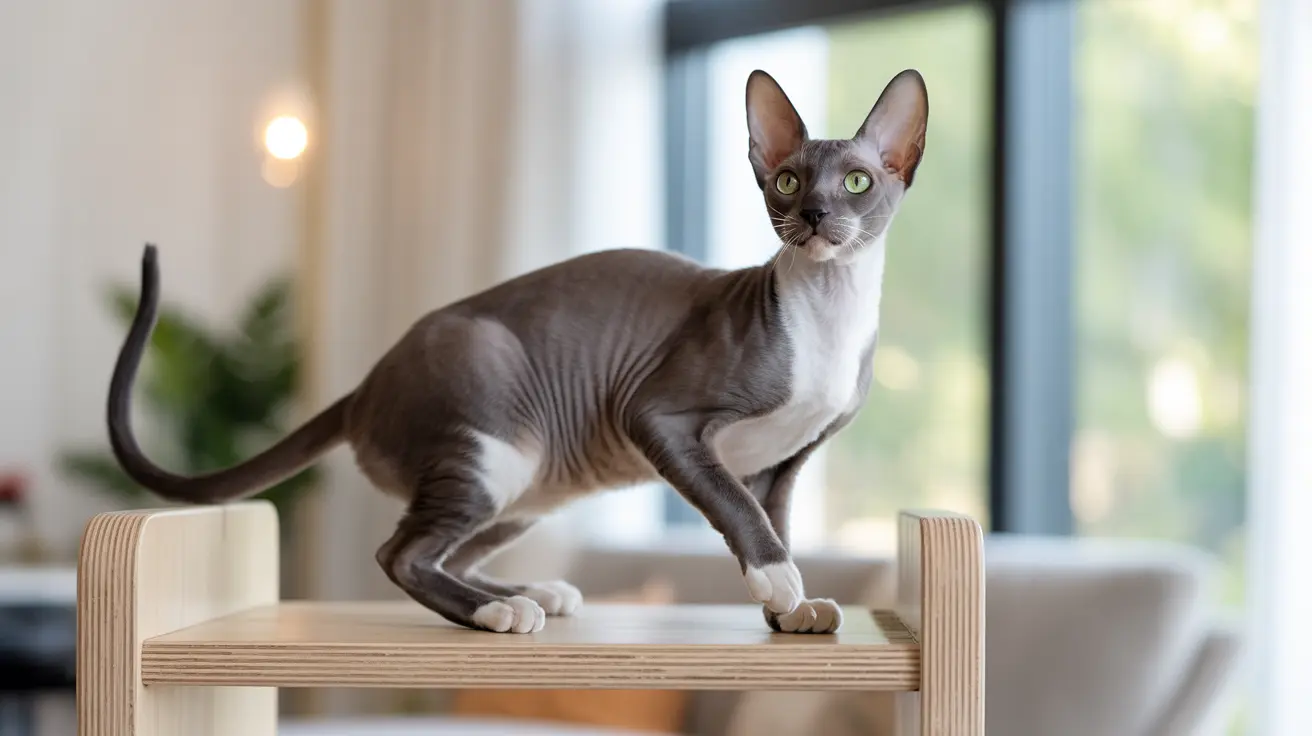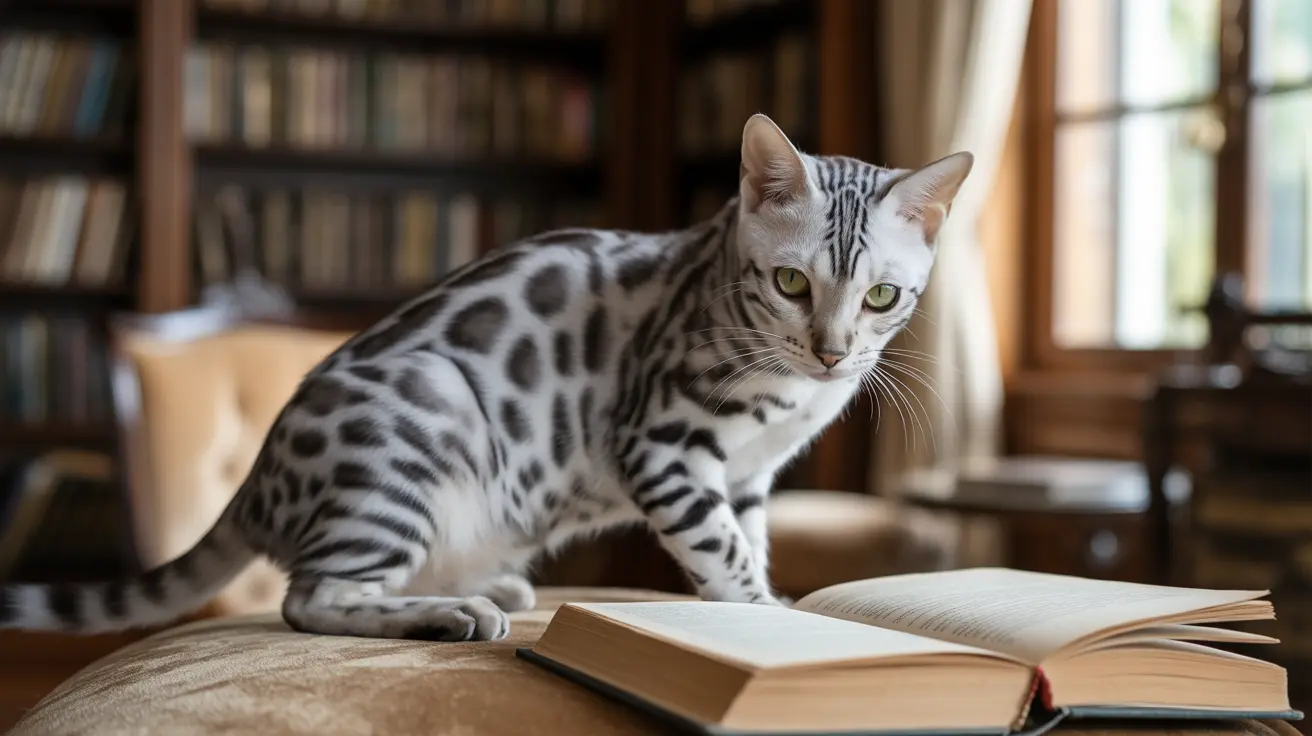If you've caught your furry friend nibbling on your hair or noticed them consuming loose strands around the house, you're not alone. Dogs eating hair is a relatively common behavior that can stem from various causes, ranging from simple curiosity to more complex behavioral or medical issues. Understanding why dogs engage in this behavior and how to address it effectively is crucial for maintaining your pet's health and wellbeing.
This comprehensive guide will explore the reasons behind hair-eating behavior in dogs, potential health risks, and practical solutions to help prevent this habit. Whether your dog occasionally mouths your hair or regularly consumes it, we'll provide you with the knowledge and tools needed to address this concerning behavior.
Understanding Why Dogs Eat Hair
Dogs may eat hair for several reasons, each requiring a different approach to resolution. The most common motivations include:
Behavioral Causes
- Boredom and lack of mental stimulation
- Attention-seeking behavior
- Anxiety or stress relief
- Natural exploratory behavior, especially in puppies
Medical Reasons
- Pica (compulsive eating of non-food items)
- Nutritional deficiencies
- Gastrointestinal issues
- Hormonal imbalances
Health Risks of Hair Consumption
While occasional hair consumption might seem harmless, it can lead to several health complications:
Immediate Risks
- Choking hazards
- Gastrointestinal obstruction
- Formation of hairballs
- Vomiting and digestive upset
Long-term Concerns
- Chronic digestive issues
- Nutritional absorption problems
- Development of compulsive behaviors
- Potential surgical intervention if blockages occur
Prevention and Training Strategies
Addressing hair-eating behavior requires a multi-faceted approach:
Environmental Management
- Regular house cleaning to remove loose hair
- Proper storage of hair-related items
- Creating designated play areas
- Providing appropriate chew toys
Behavioral Training
- Positive reinforcement techniques
- Redirect and reward strategies
- Consistent command training
- Environmental enrichment activities
When to Seek Professional Help
Consider consulting a veterinarian if your dog:
- Shows sudden onset of hair-eating behavior
- Exhibits signs of distress or illness
- Continues the behavior despite intervention
- Displays other concerning symptoms
Frequently Asked Questions
Why does my dog eat my hair and how can I stop it?
Dogs typically eat hair due to boredom, anxiety, or attention-seeking behavior. To stop it, increase physical exercise and mental stimulation, provide appropriate chew toys, and use positive reinforcement training to discourage the behavior.
Can eating hair be a sign of anxiety or stress in dogs?
Yes, hair eating can indicate anxiety or stress in dogs. Look for other signs like excessive panting, pacing, or changes in appetite. Consider consulting a veterinary behaviorist if anxiety symptoms persist.
Is it dangerous if my dog swallows a lot of hair?
Yes, consuming large amounts of hair can be dangerous, potentially leading to intestinal blockages, hairballs, or other digestive complications. If your dog has ingested significant amounts of hair, monitor them closely and contact your veterinarian if concerning symptoms develop.
Could my dog eating hair mean they have a medical issue like pica or allergies?
Hair eating could indeed indicate underlying medical conditions such as pica, nutritional deficiencies, or allergies. If the behavior persists or is accompanied by other symptoms, schedule a veterinary examination to rule out medical causes.
How can I prevent my dog from chewing or eating hair after grooming sessions?
Clean up hair immediately after grooming, use positive reinforcement to encourage appropriate behavior, and provide engaging alternatives like puzzle toys during grooming sessions. Consider grooming in a contained area for easier cleanup.
Conclusion
While hair eating in dogs can be concerning, understanding its causes and implementing appropriate prevention strategies can help manage this behavior effectively. Remember that patience and consistency are key when working to modify any unwanted behavior in your pet. If you're concerned about your dog's hair-eating habit, don't hesitate to consult with your veterinarian for personalized advice and guidance.






